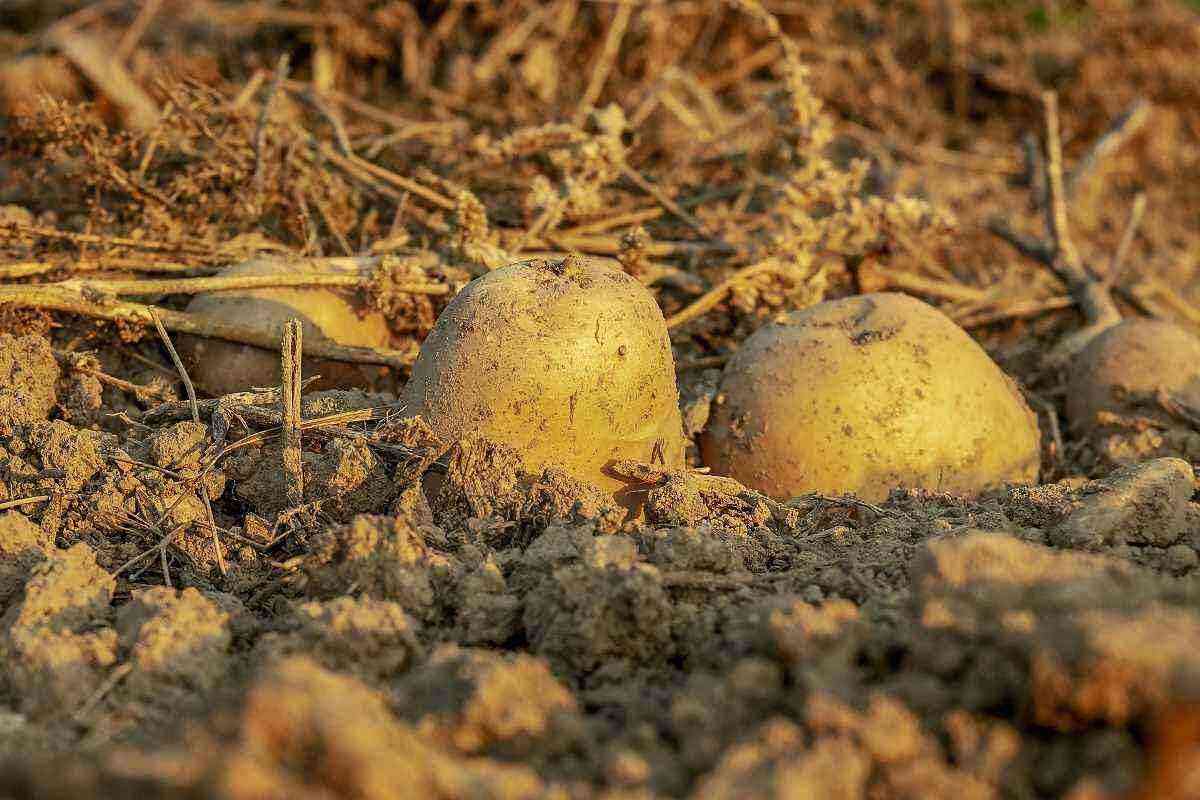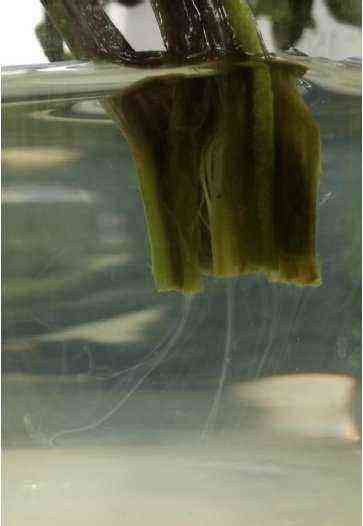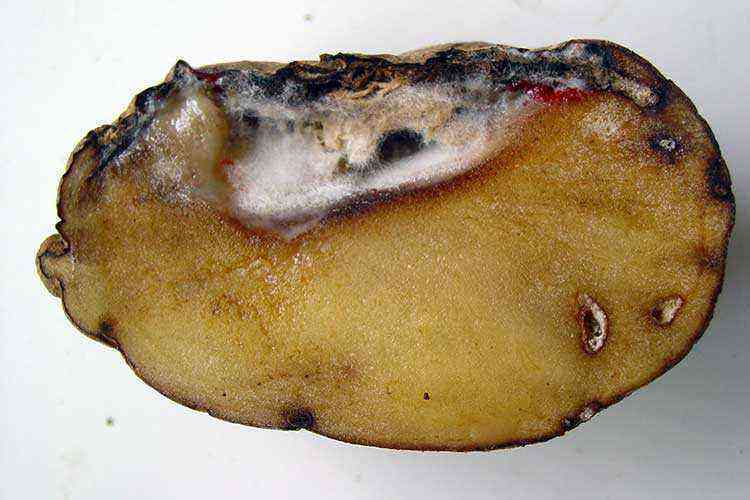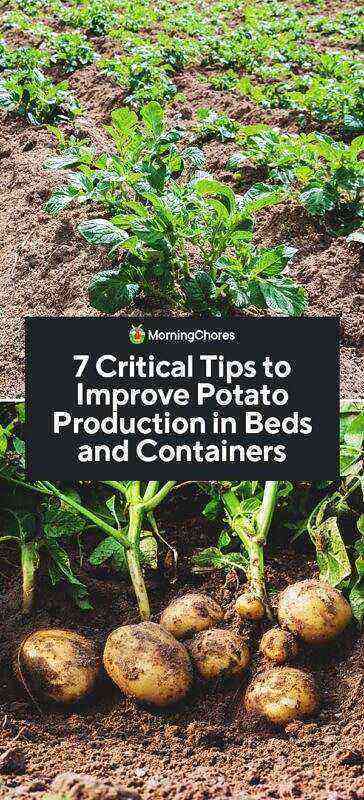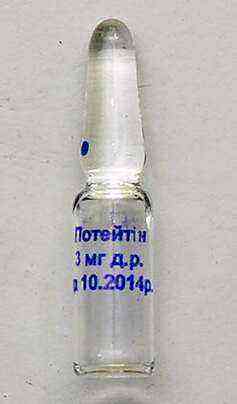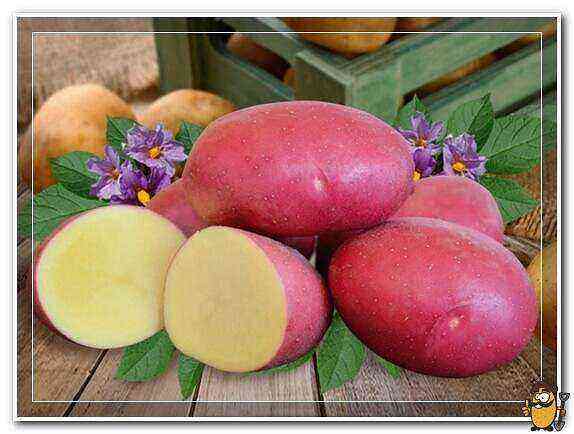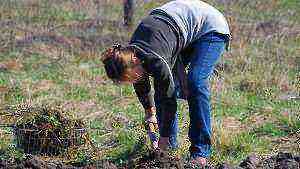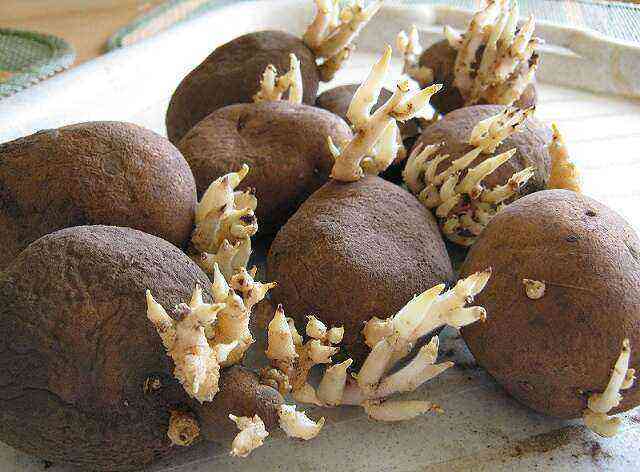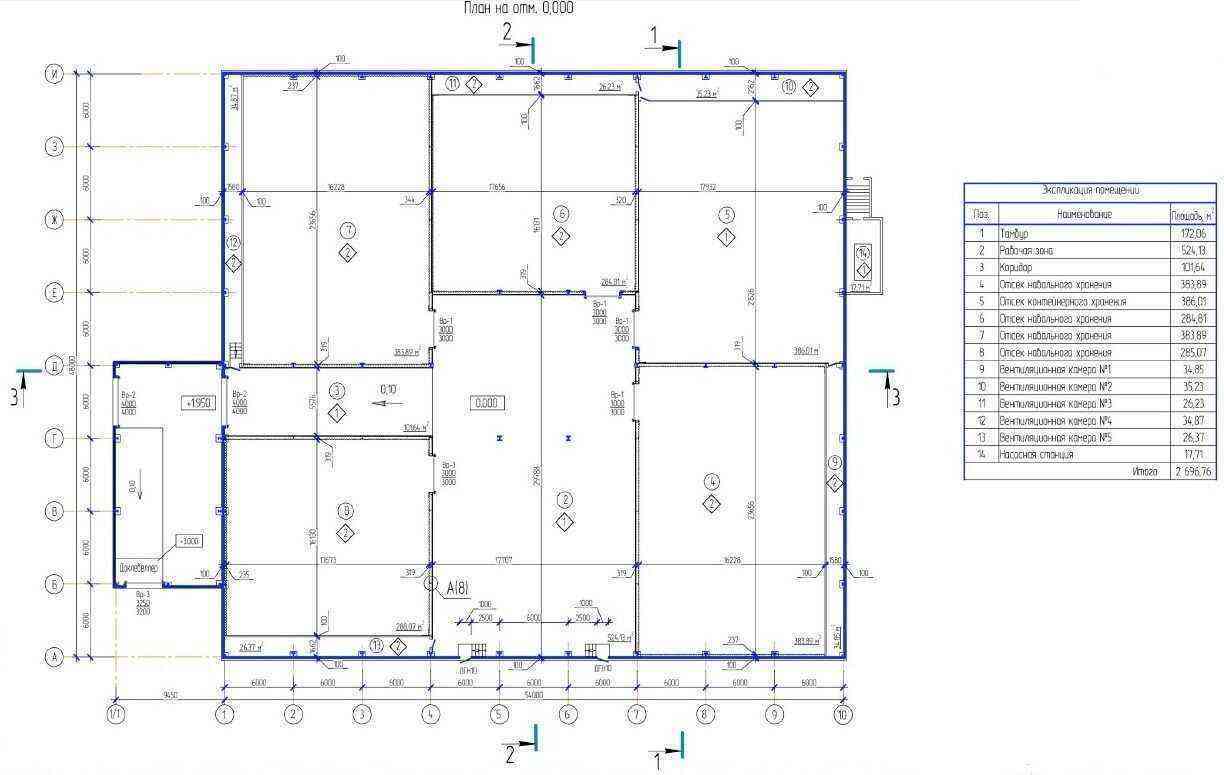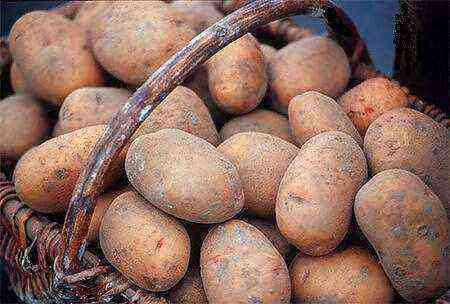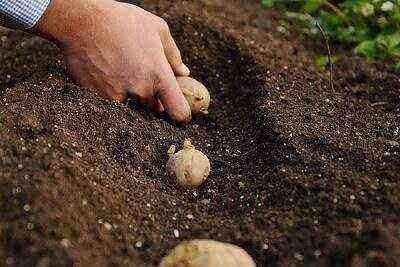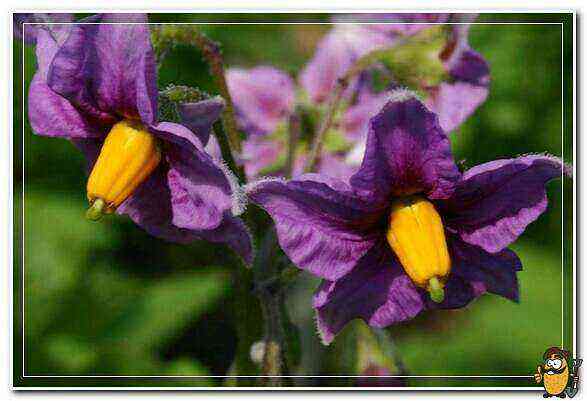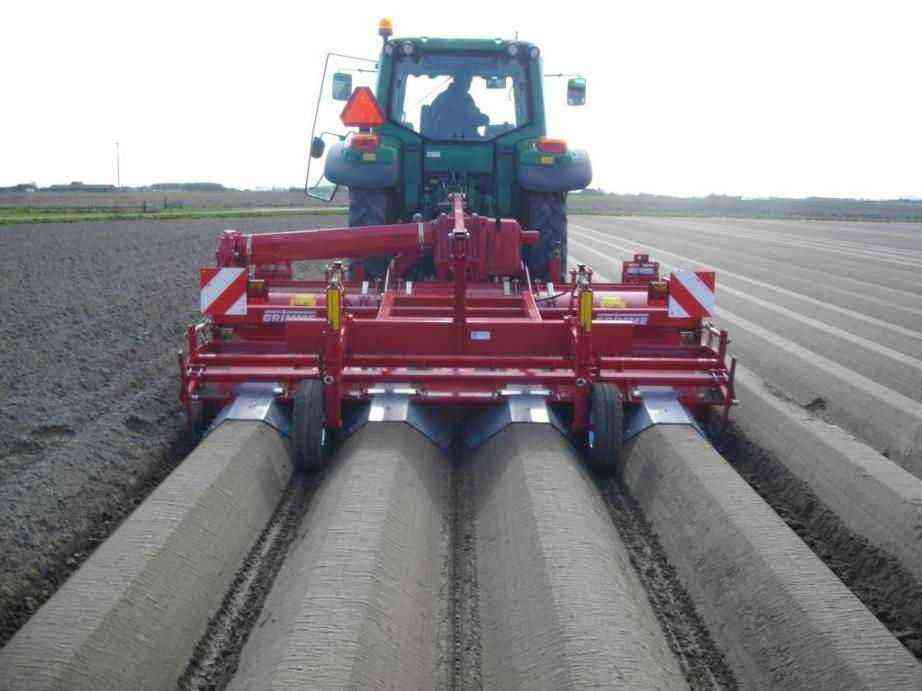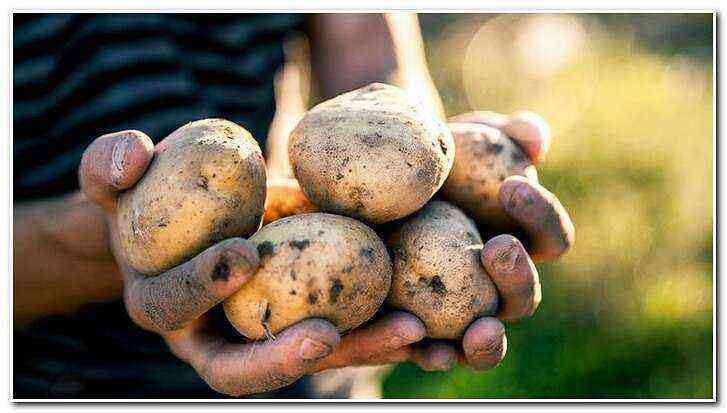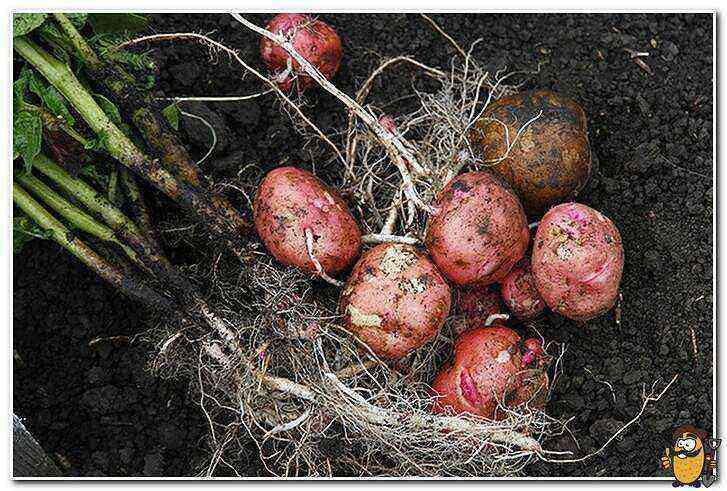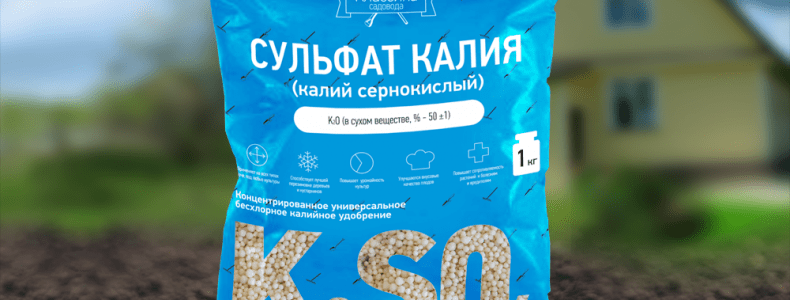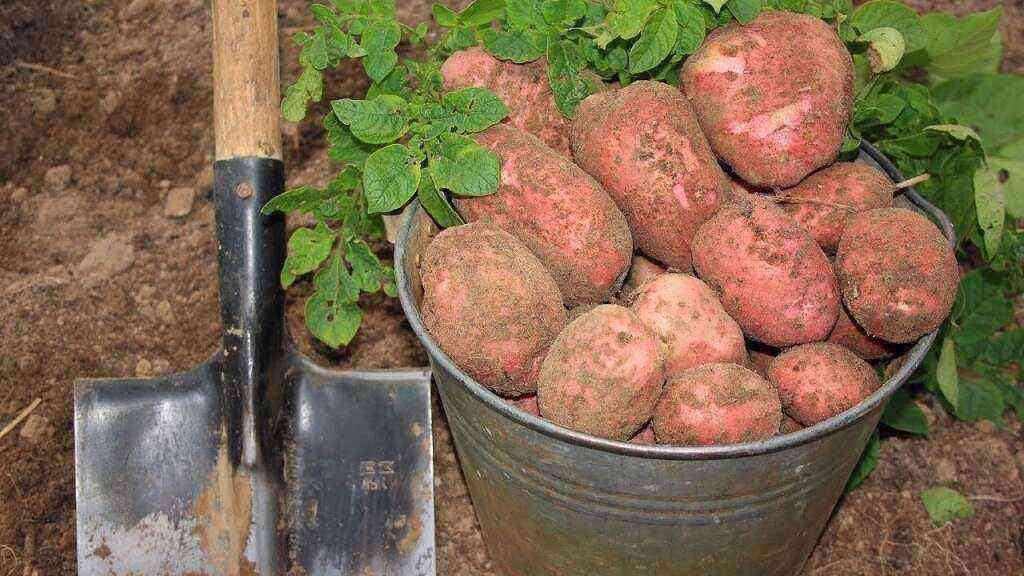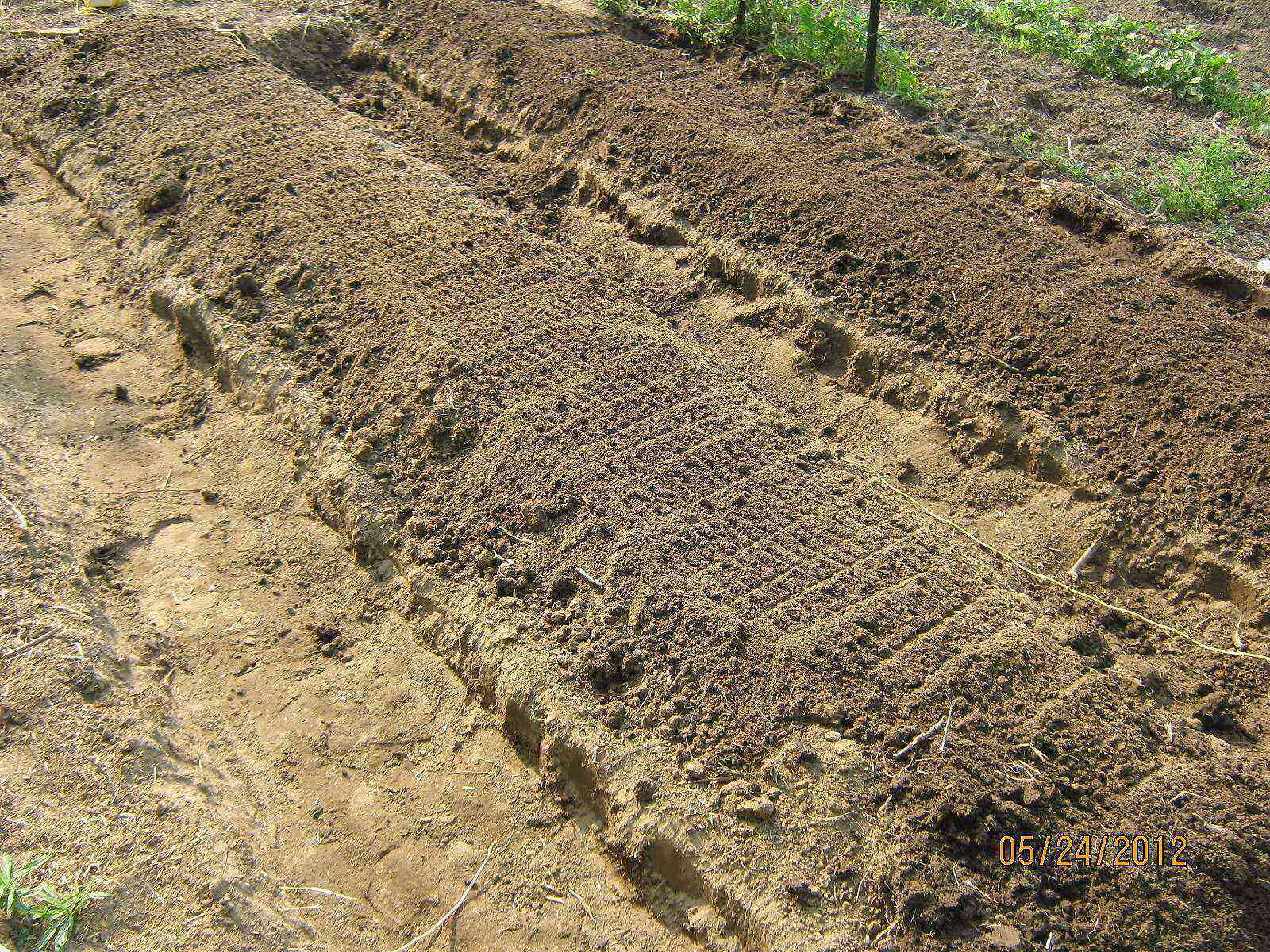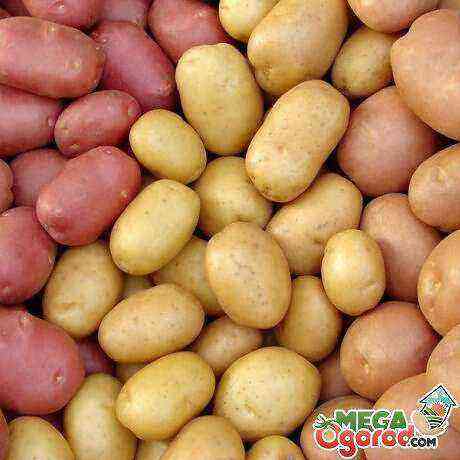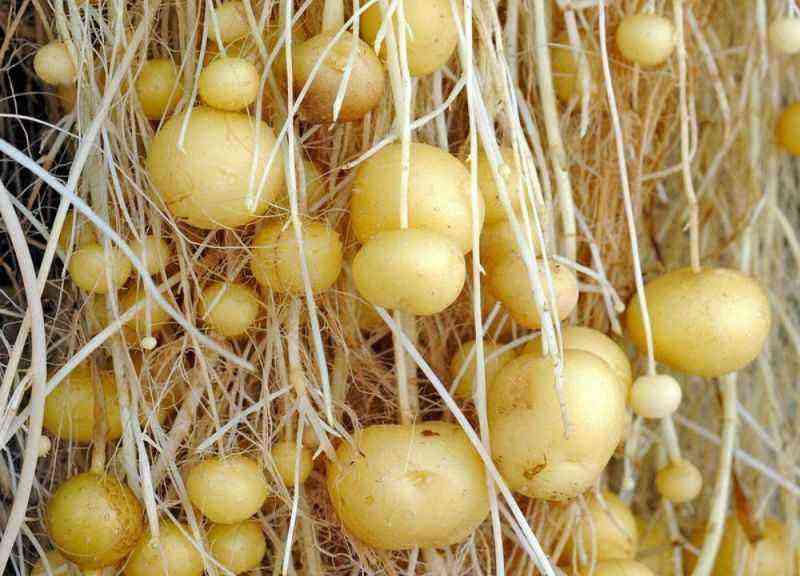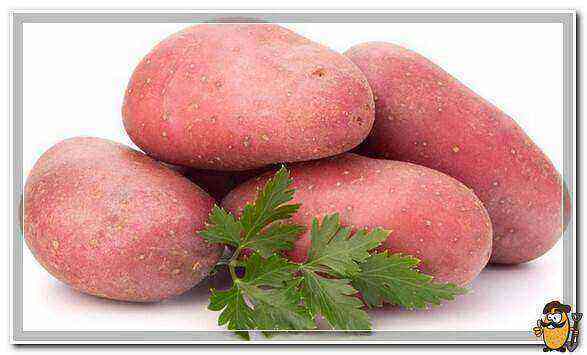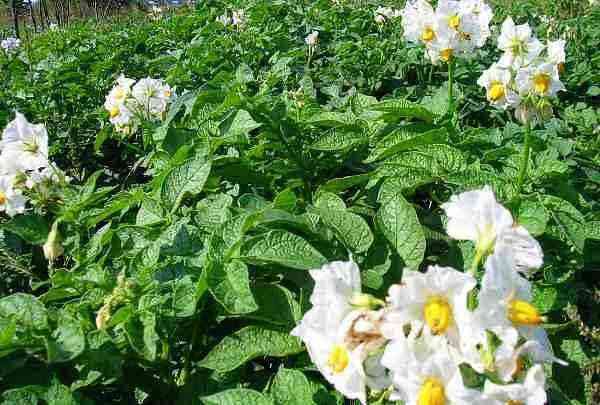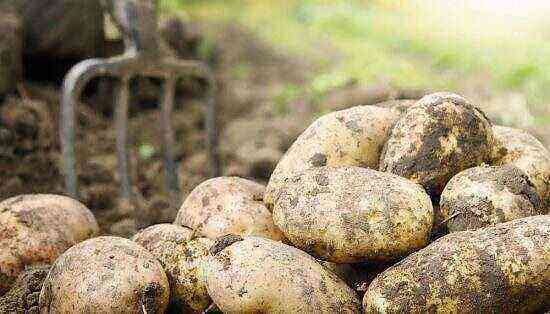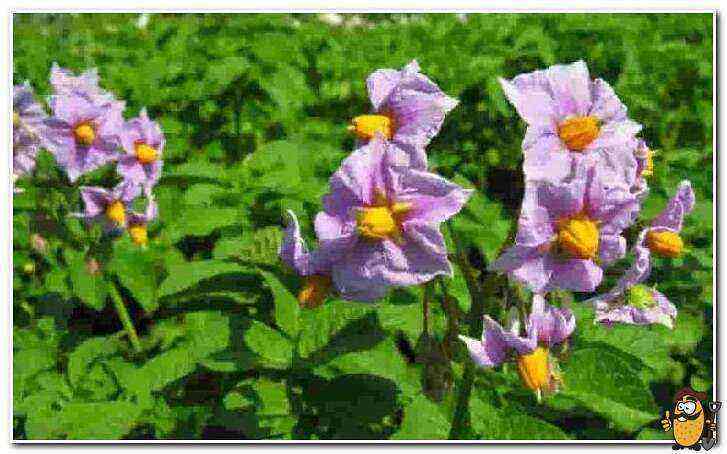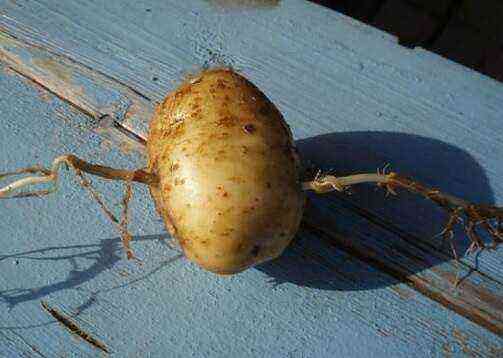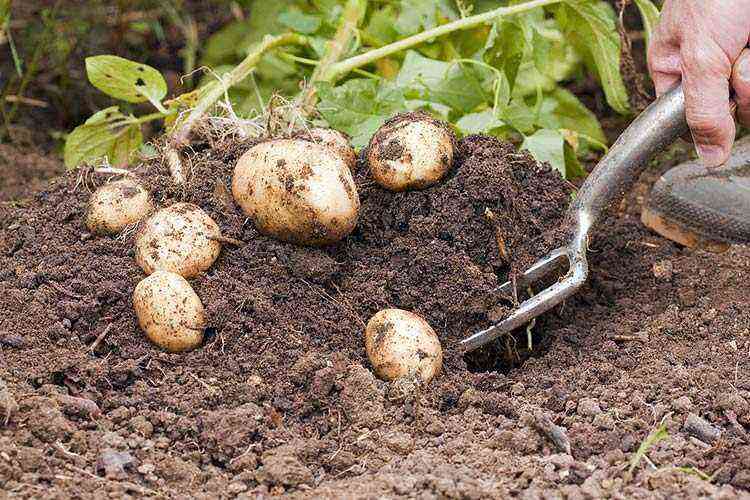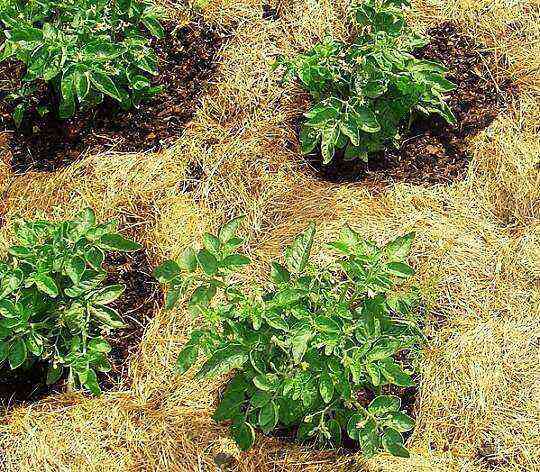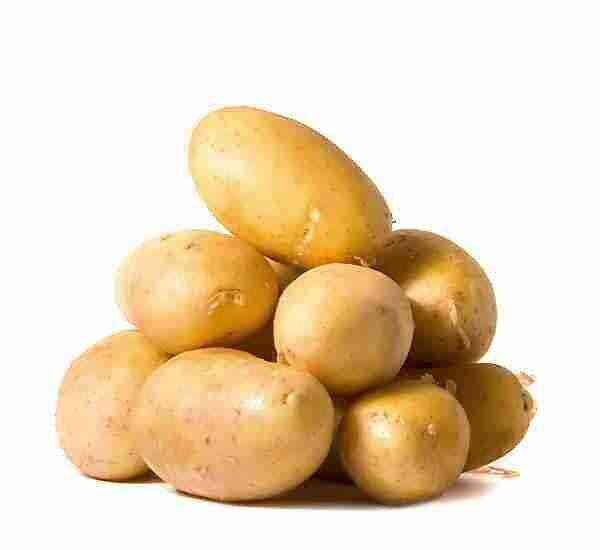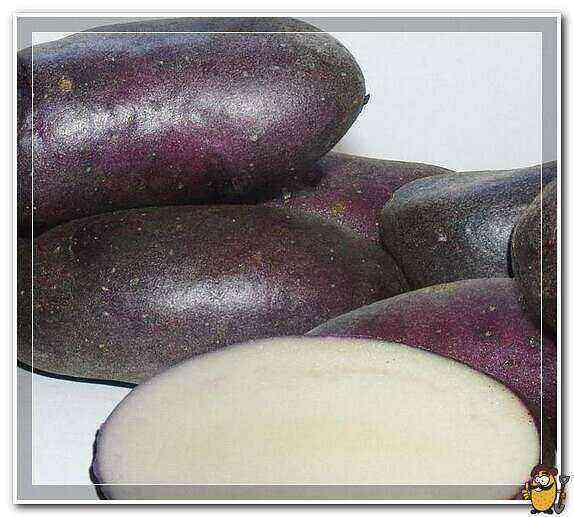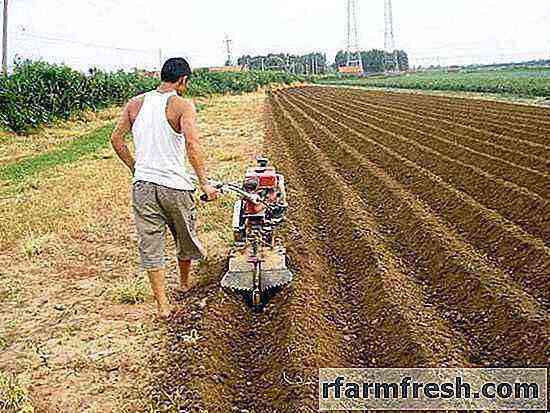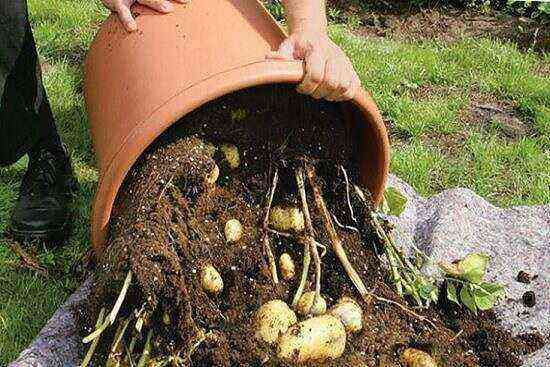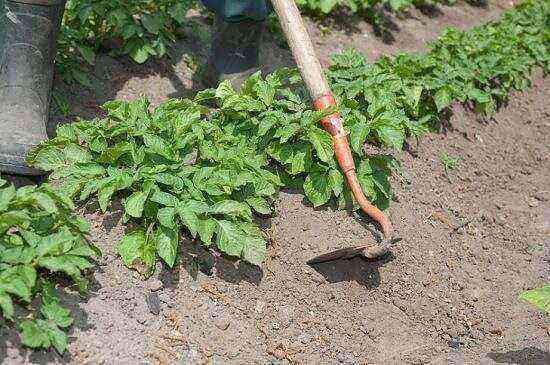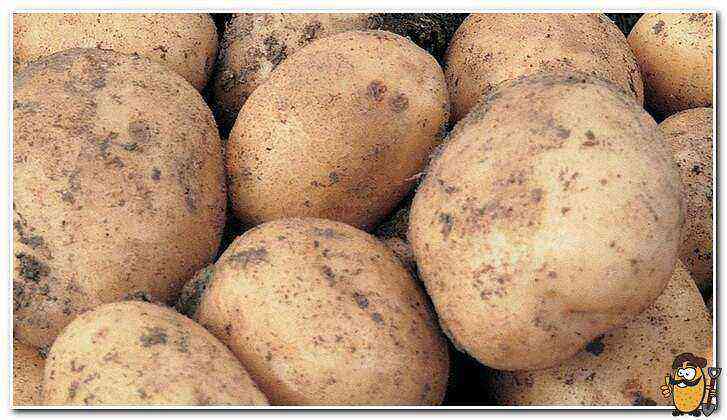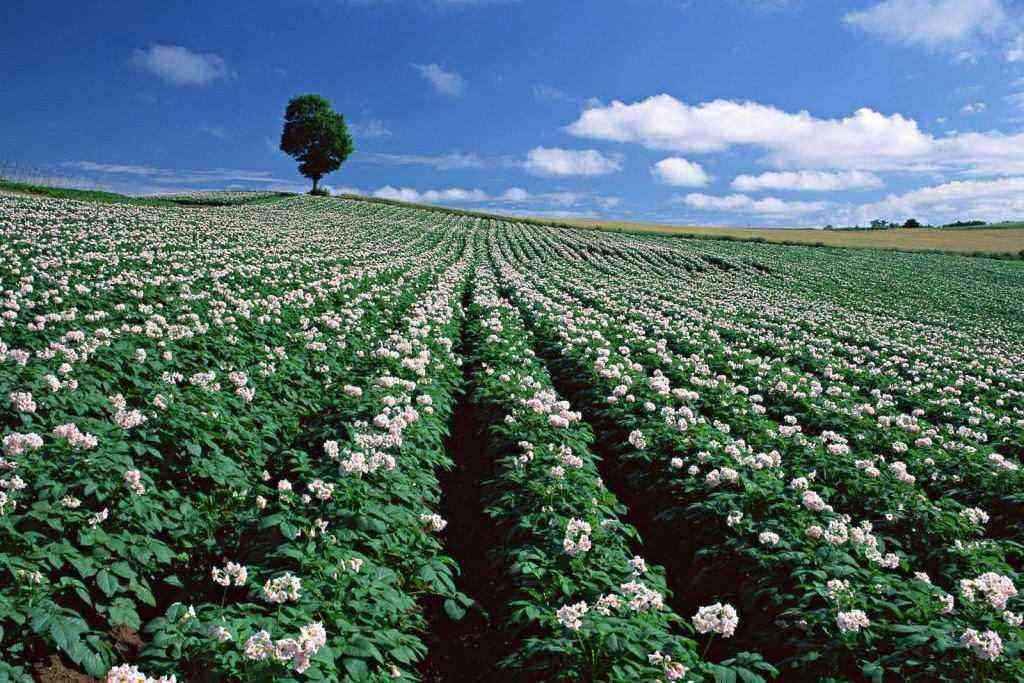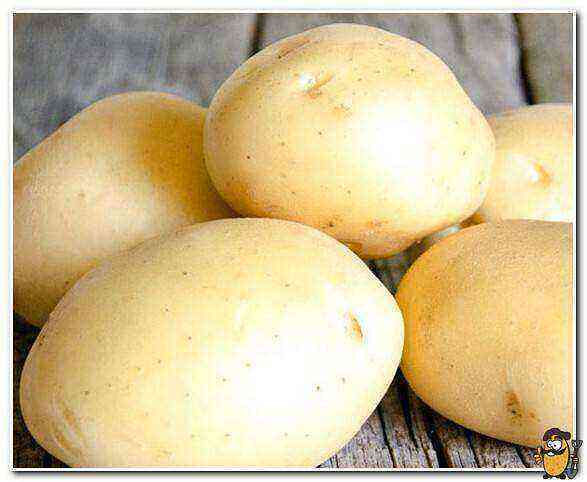Breeze potatoes: description, characteristics. In growing potatoes, the end result depends not only on weather conditions, agricultural technology and the timeliness of the necessary measures. Obtaining high crop yields is also ensured by a competent choice of the variety.
When choosing, you need to take into account many factors, such as the type of soil in the area allocated for potatoes, the climate of the region, ripening periods, and so on. In 2006, this task for potato growers was greatly simplified by Belarusian breeders, when, thanks to their painstaking work, the Breeze variety was born.
It grows well both on the territory of the Republic of Belarus and in the Russian Federation. It got into the State Register of Breeding Achievements of the Russian Federation in 2009 and has been successfully cultivated for more than 10 years in the Central and North-West regions. Russian farmers and gardeners highly appreciated the advantages of the Belarusian Breeze variety, especially its unpretentiousness to the soil and excellent taste. And this is not all the advantages of this potato, but first things first.
Characteristics of a variety
For an ordinary gardener, Breeze bushes outwardly differ little from other varieties, the difference can only be seen by a specialist. They are semi-erect plants of medium height with relatively thin stems. The leaves are closed, large, dark green. A slight waviness is visible along the edge of the sheet plate. The flowers are medium-sized, white, without anthocyanin color on the inside.
The root system develops well, especially on chernozems. This allows the plant to store more moisture and nutrients, which has a positive effect on the formation of the crop. The tubers are yellow, oval in shape, with a small number of eyes of different depths (at the top, the eyes are located deeper). The peel has a slight roughness.
Breeze is a mid-early table variety, one of the advantages of which is early tuberization. Tubers gain marketable weight in the first half of the growing season, harvesting can be done within 70-80 days after planting. One bush gives up to 12 tubers weighing 100-150 g. The marketable yield of the variety ranges from 16 to 39 t / ha, the total reaches 45 t / ha (the record was registered in the Kaliningrad region). This potato easily tolerates transportation and is perfectly stored, keeping quality is 97%.
It has already been mentioned above about the good taste of Breeze. They are really appreciated. For example, after tasting promising varieties for the Sakhalin region, specialists from the FGBNU SakhNIISH gave the variety a tasting score of 7 points according to a 9-point system and recommended it for promotion (popularization) in their region.
Agricultural technology potato Breeze
Landing
Regardless of the variety, growing potatoes always starts with the preparation of the site. Many gardeners have been preparing an area for this crop since autumn, namely, they remove weeds and the remnants of the harvested crop from the garden, after which they dig up the earth to the depth of a shovel bayonet. The breeze is undemanding to the soil, nevertheless, experts recommend that during digging, rotted manure (up to 3 kg per square meter) be embedded in the soil. Thanks to the nutrient organics, the conditions for the plants will become even more favorable. In the spring, the area allotted for potatoes is dug up again so that the earth is saturated with oxygen and accumulates the required amount of moisture.
About two weeks before the planned planting, the selected planting tubers are transferred to a lighted room with a constant temperature of 13-15 degrees. For 2-3 days, they are covered with bags so that the sprouts even out and then sprout together. Immediately before planting, the tubers are treated with disinfectants; if desired, you can also use drugs that stimulate growth.
Usually potatoes Breeze are planted in the first half of May, when the ground warms up to 7-8 degrees to the depth required for planting. If the spring is warm, planting work can be carried out already at the end of April. The optimal planting scheme for this variety is as follows:
the distance between the holes is 40 cm; the distance between the rows is 70-75 cm; the depth of the tubers is 10 cm.
With such a row spacing, dense thickets do not form in the beds, the plants receive a sufficient amount of sunlight. In addition, thanks to the wide aisles, they are much more convenient to care for. When planting potatoes, it is recommended to add a handful of wood ash to each hole, which serves as both fertilizer and protection from pests. For the same purpose, many throw onion peels into the holes.
Care
The Breeze variety demonstrates a fairly high yield in any conditions, but to improve this indicator, it is necessary to carry out basic agrotechnical measures. First of all, you need to monitor the cleanliness of potato plantings, remove weeds in a timely manner. Weeds not only take nutrients from the soil, they are also a breeding ground for parasites and pathogens.
In addition to weeding, the beds must be loosened and hilled, especially after watering and prolonged rains. A hard crust should not be allowed to appear on the soil surface, otherwise moisture will quickly rise and evaporate through numerous cracks. At the initial stage, when the first shoots appear above the ground, watering will not interfere. A large amount of water is also required for Breeze potatoes at the stage of active budding and mass flowering. In general, the condition of the soil must be monitored constantly and, if necessary (drying out), water the plants in any convenient way, for example, by sprinkling.
An important role in the cultivation of crops is played by top dressing, on which, among other things, the future harvest depends. During the season, the plants are fed at least three times at different stages of growth. As top dressing, most gardeners use rotted manure, bird droppings, composts and other organic matter. Of the minerals, superphosphate, nitrophoska, and bone meal are most often used. If the plants do not develop well, the stems are thin and weak, it is advisable to make foliar feeding.
The Breeze variety is resistant to many bacteria and viruses infecting potatoes, and yet 1-2 preventive treatments of the bushes with fungicides will not be superfluous. An alternative option is biological products and folk remedies that do not have a negative impact on the quality of potatoes.
The most dangerous enemy for the variety is considered to be the golden nematode – a microscopic worm that parasitizes on the roots of plants. As a result of its vital activity, the tubers on individual bushes either do not tie at all, or grow very small, which negatively affects the yield as a whole. To combat the parasite, the drugs Etaphos, Heterofos and their analogues are used, the best preventive measure will be the correct crop rotation – growing after corn and legumes.
Cleaning and storage
Tubers of the Breeze variety reach technical ripeness two and a half months after planting, which means that they can be harvested already in August. In small areas, the tubers are dug up by hand, in the fields you can safely use a special technique, this potato is resistant to mechanical damage. It should be stored in a cool (no more than +5 degrees) dark room, such as a cellar or basement. Otherwise, there is a risk that the tubers will begin to sprout actively.
In conclusion
Breeze potatoes are one of the best breeding achievements, as potato growers have long been convinced of. It is grown not only in summer cottages, but also on an industrial scale, both at home (in the Republic of Belarus) and abroad. In many regions of the Russian Federation, vast areas are allocated for it. The farmers do not doubt the correctness of their choice, because the Breeze has not let anyone down yet. According to the main characteristics, such as yield, unpretentiousness, immunity, preservation, taste, it noticeably wins over most other varieties.
